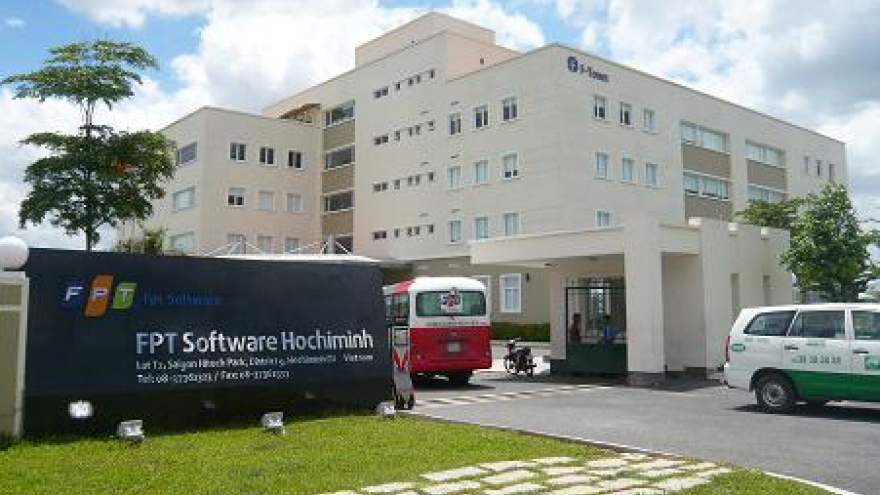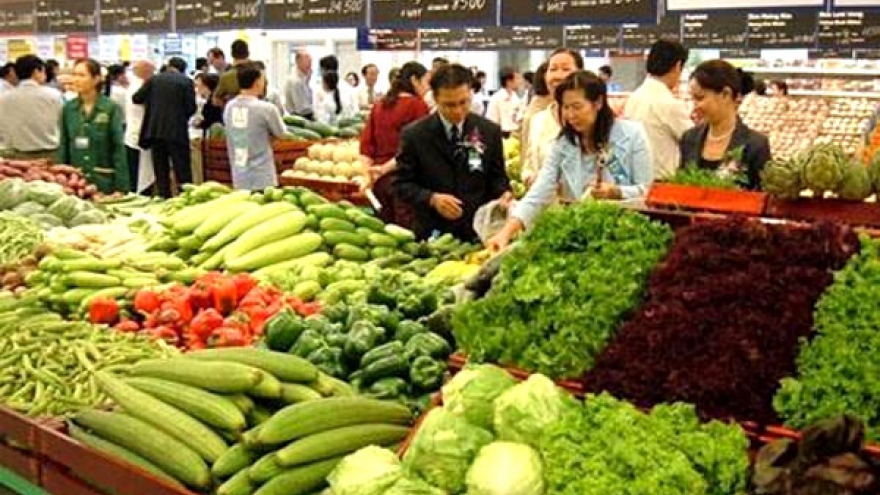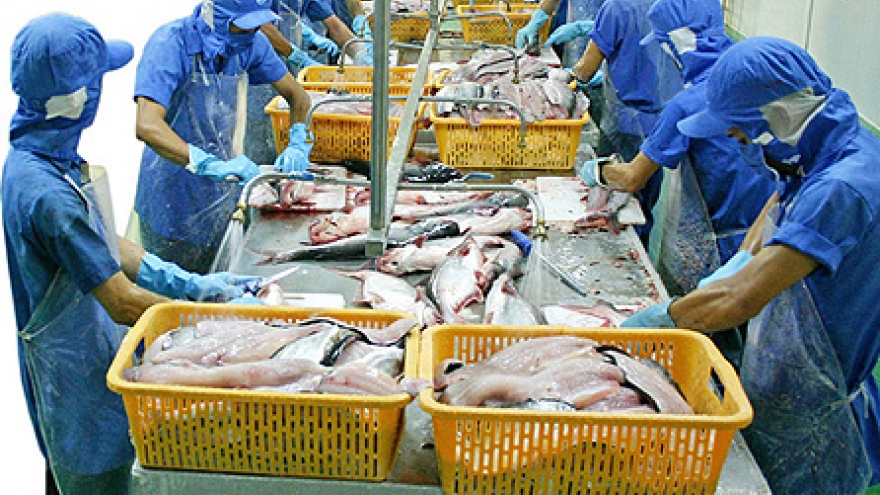Seafood exports to rise on TPP
Economists forecast that seafood exports from Vietnam to the United States (US), Japan and other members in the Trans-Pacific Partnership Agreement (TPP) block will rise after February 4, 2016.
February 4 is the date on which the agreement was officially signed.
Currently, the US and Japan are the two largest importers for Viet Nam in term of shrimp and tuna, with a total value of nearly US$1 billion last year. It is predicted that export value to the two markets will reach 15 per cent in 2016.
Ngo Van Ich, president of the Vietnam Association of Seafood Exporters and Producers (VASEP) said that in 2015, the seafood exporters faced with many difficulties and challenges. Total exports reached only $6.7 billion, dropping nearly 15 per cent compared to 2014. This decline was a warning for the association to look back and work together to build a comprehensive strategy.
 |
Truong Dinh Hoe, VASEP general secretary, is optimistic that when Viet Nam has not so far joined any the free trade agreements, seafood exporters have already met the rigorous standards of importers. For example, for shrimp exports to the US, exporters must follow Best Aquaculture Practices standards (BAP), Aquaculture Stewardship Council Standards (ASC) and the Marine Stewardship Council's Chain of Custody (CoC) Standard.
Therefore, when TPP was officially signed, Vietnamese seafood exporters were ready to meet the standards set by importers. More so, when the export rate is slashed to 0 per cent, it will create incentives for seafood businesses to further invest in farming and processing, thus bringing them higher economic value.
According to Nguyen Phuoc Buu Huy, deputy general director of Cadovimex II Export Processing and Fisheries JSC, said his company had invested in an export and processing line equipped with BAP standards. His company also invited experts from the US Department of Agriculture (USDA), and the Food and Drug Administration (FDA) to evaluate ponds, breed, feed and processing plants. By doing so, Huy strongly believes that his company is ready to meet the strict requirements of clients from the US, Japan and other markets.
Duong Ngoc Minh, chairman of VASEP Freshwater Fish Committee and Le Van Quang, Chairman of VASEP Shrimp Committee said that the Ministry of Agriculture and Rural Development needed to closely improve development and the support policies to meet with requirements of the global market.
Must expand markets
Nguyen Phuoc Buu Huy said that exporters must find more markets instead of exporting their products to only one market to avoid risks in business such as technical barriers and strict hygiene regulations from importers. This solution will also help businesses become more flexible in processing and help farmers to consume their products.
Truong Dinh Hoe emphasised that once the TPP agreement comes into effect, Vietnamese exporters will strengthen their position on par with importers in the TPP block. As a result, they do not need to make concessions as before. In case of a dispute, Vietnamese exporters can also take advantage of the TPP agreement as it is now an official member. All members must comply with the rules under the agreement.
Duong Ngoc Minh, chairman of VASEP Freshwater Fish Committee, said that investment in export and processing technology to meet the local demand was one of the important parts of the TPP agreement. Once domestic products attained high quality, local consumers would choose their products and imported products from member countries would not find it easy to compete with local products on their home turf.
Minister of Agriculture and Rural Development Cao Duc Phat said that the ministry would continue to work closely with seafood exporters to handle difficulties and challenges facing them after joining the free trade and TPP agreements.



